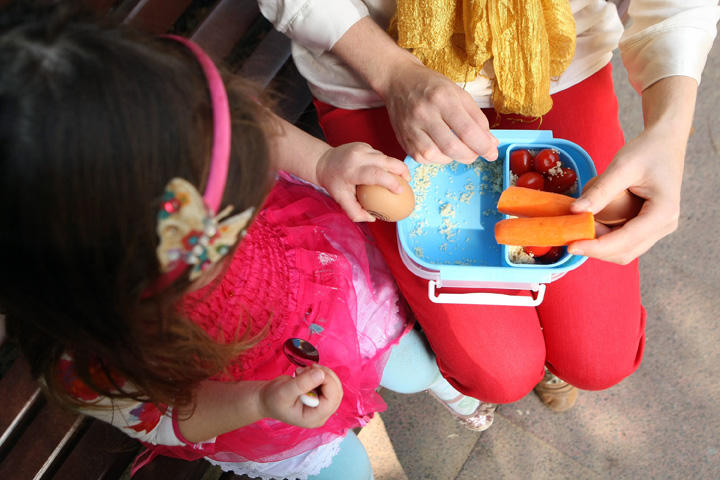Toronto continues to hold the unenviable spot of having the highest percentage of children living in low-income families among Canada’s major cities, according to a new report released Monday.

The study, which looked at 2014 data and was co-released by Children’s Aid Society of Toronto, Family Service Toronto, Social Planning Toronto and Colour of Poverty-Colour of Change, reveals 133,000 children in Toronto continue to live in poverty, representing 27 per cent of all children in the city.
The report titled, “Divided City: Life in Canada’s Child Poverty Capital,” states the disparity between the haves and have-nots is most glaring in the Leaside and Thorncliffe Park area.
READ MORE: High cost of daycare in Toronto may cause low-income families to remain in poverty
“Kids are going hungry, they’re living in housing that’s too cramped and inadequate,” said Sean Meagher, Executive Director of Social Planning Toronto. “That’s translating to not just struggles in their lives but struggles for their future.”
According to the report, there is a divide between the “haves” and the “have nots.” Many children from low-income families are unable to access arts and sports programs and struggle academically compared to children from higher income families.
“When you cross Laird Avenue to go from Leaside to Thorncliffe, the rate of child poverty rate increases from four per cent to 52 per cent,” said Jessica Mustachi of Family Service Toronto in a media release.
“This divide shows how we can and must do more to provide quality services to support low-income residents.”
The new numbers come as Toronto City Council faces the possibility of $600 million in cuts for city-funded programs and services.
Social agencies are urging the city to avoid spending cuts on city services and programs Mustachi said the data shows there are many families in the Greater Toronto Area who need access to services such as food banks more frequently, especially in areas such as Etobicoke and Scarborough.
“Despite Toronto’s booming housing market and significant wealth, more than one in four children is living in poverty,” report co-author Michael Polanyi of the Children’s Aid Society of Toronto said. “Now is definitely not the time to reduce city spending on critical services and programs.”
READ MORE: Anti-poverty group holds march on city hall over inadequate shelter space for homeless
The report also found one-third of families with children under age 18 in Toronto are living in unaffordable housing. When it comes to nutrition, there’s been a 48 per cent increase in food bank use in Toronto’s inner suburbs since 2008.
“We hope the report will put the 133,000 Toronto children living in poverty front-of-mind for Mayor Tory and Council as they debate the City budget,” Meagher said.
“All children deserve a fair start in life, not just those whose parents happen to have high incomes.”
Walking with her ten-week-old daughter in Moss Park, Jane says being a mother of two in the city can be hard.
WATCH: John Tory was joined by the Toronto Public Health and Toronto Employment and Social Services to announce his strategy to help reduce poverty in Toronto. Peter Kim has the story.

“Worrying about how am I going to get enough diapers or how am I going to get enough groceries,” she told Global News.
Jane used to live in Regent Park, which has the highest child poverty rate in Toronto, but despite moving before her youngest daughter was born her frustration remains.
“I wish my child had just as much access as the kids in Summerhill and Leslieville,” she said.
“Their kids are in all these programs when my kid doesn’t even have a standing chance because my tax bracket isn’t at the right mark.”
The 2016 Toronto Vital Signs Report released earlier this year, which offers a snapshot of key quality of life trends in the city, also painted a bleak picture for child poverty by labeling it a “hidden epidemic.”
That report further pointed out the high child poverty rate isn’t limited to Toronto with 30 federal ridings in the Greater Toronto Area above the national average of 19 per cent.

- Posters promoting ‘Steal From Loblaws Day’ are circulating. How did we get here?
- Video shows Ontario police sharing Trudeau’s location with protester, investigation launched
- Canadian food banks are on the brink: ‘This is not a sustainable situation’
- Solar eclipse eye damage: More than 160 cases reported in Ontario, Quebec





Comments